 Set out in the Land Rover with Lucy, Richard, Alice and the humans and parked high up on a Red Hill (except it wasn't really very red!) above Simon's Town. Simon is in Plett so again he passed up a good chance to come to his town. Looking back almost made us giddy.
Set out in the Land Rover with Lucy, Richard, Alice and the humans and parked high up on a Red Hill (except it wasn't really very red!) above Simon's Town. Simon is in Plett so again he passed up a good chance to come to his town. Looking back almost made us giddy. Us waiting for them on the path to Grootkop (which is the smaller of the two Grootkops on Table Mountain. The other one is near Camps Bay).
Us waiting for them on the path to Grootkop (which is the smaller of the two Grootkops on Table Mountain. The other one is near Camps Bay). Alice took this photo of Liparia parva which is only found on the Cape Peninsula and nowhere else. We were quite interested to hear that it is pollinated by rodents at night. Lucky for the flowers we couldn't find any rodents here even though we tried hard. They must have good hiding places.
Alice took this photo of Liparia parva which is only found on the Cape Peninsula and nowhere else. We were quite interested to hear that it is pollinated by rodents at night. Lucky for the flowers we couldn't find any rodents here even though we tried hard. They must have good hiding places. Exploring caves, cracks and ledges of Grootkop.
Exploring caves, cracks and ledges of Grootkop. Here is rock that looks like one of the cowsharks that Richard and Lucy were diving among the day before.
Here is rock that looks like one of the cowsharks that Richard and Lucy were diving among the day before. 
A red splash on Red Hill, another plant that only occurs on the Cape Peninsula, Gladiolus bonaspei.

Tea and rusks (and dried fruit for humans) at Kleinplaas Dam. What an exciting place! We both had a dip.  After tea we set off round the dam where we met some other dogs...
After tea we set off round the dam where we met some other dogs...
 After tea we set off round the dam where we met some other dogs...
After tea we set off round the dam where we met some other dogs... ... a malachite sunbird - a bird of the fynbos....
... a malachite sunbird - a bird of the fynbos....
...and a red grasshopper on Red Hill.
The humans asked if we were interested in it but we declined because we could smell that it was BAD. And apparently it has caused deaths in dogs - probably Jack Russels who would be silly enough to eat a RED insect. They are "pyrgomorphid foaming grasshoppers" and they cant fly, and they store cardiac glycosides from the milkweeds on which they feed - an attempt to repel Jack Russels.
















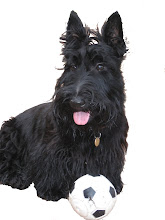










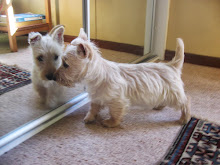


















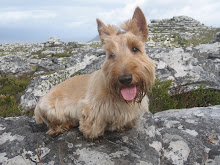
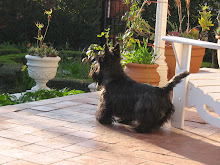






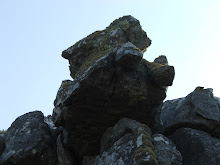





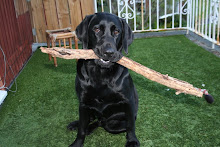





















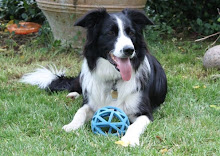

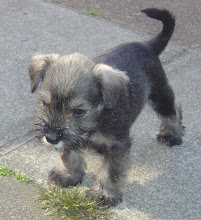













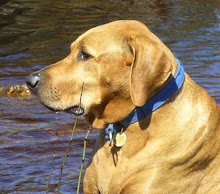
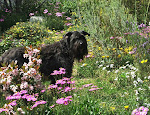



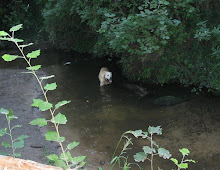



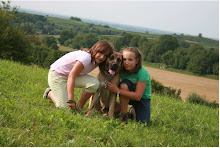

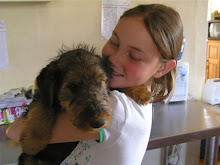








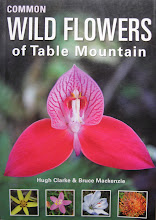


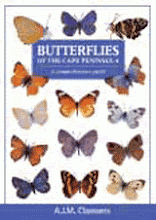






No comments:
Post a Comment